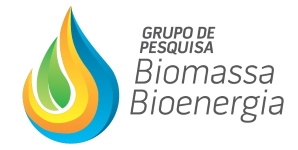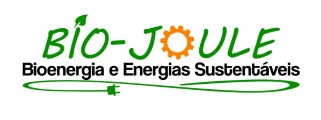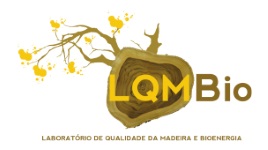EVALUATION OF THE GRAVIMETRIC YIELD OF CHARCOAL FROM TACHIGALI CRHYSOPHYLLA IN DIFFERENTS MAXIMUM CARBONIZATION TEMPERATURES
06 - Charcoal
 1 CEZAR DIAS CARDOSO JÚNIOR, 1 SILVINO MAGNO DE OLIVEIRA MOTA JUNIOR, 1 THAIZA APARECIDA FERREIRA RODRIGUES, 1 VICTOR HUGO PEREIRA MOUTINHO
1 CEZAR DIAS CARDOSO JÚNIOR, 1 SILVINO MAGNO DE OLIVEIRA MOTA JUNIOR, 1 THAIZA APARECIDA FERREIRA RODRIGUES, 1 VICTOR HUGO PEREIRA MOUTINHO
1 UNIVERSIDADE FEDERAL DO OESTE DO PARÁ
Charcoal presents advantages in relation to mineral coal as a smaller production of CO2, originating from renewable sources, as well very small proportion of ash content, sulfur and phosphorus. In the steel industry, this biofuel is a bioreactor in the production of pig iron, iron alloys, steel and other derivatives of iron ore, besides that, it’s used in ceramics and in homes for food cooking, for example. In the energy sector, residues, such as branches, from native forests, during the forest harvest, as well those from the timber industry are considered alternatives to no-renowned fuels. In the energy process, factors such as maximum temperatures can influence the charcoal yield during carbonization. Therefore, objective of this research is to evaluate the gravimetric yield from tachi charcoal (Tachigali crhysophylla) in differents maximum carbonization temperatures. The collected material was originated from three trees of an forest management plan at Floresta Nacional do Tapajós, where disks was taken from one meter after the second bifurcation. After, was a confectioned sample in 2x2x4cm (tangential x radial x axial). Carbonization occurred with a heating rate of 1.7ºC.min-1 and residence time 30 minutes, using differents maximum carbonization temperatures with 300ºC, 400ºC and 500ºC, in which were composed of 12 samples for each temperature. Statistical analysis with Kruskal-Wallis test at a level of 5% of significance, through software "R" v.3.3.3. The average values of the results of the gravimetric charcoal yield were 44.81% (300ºC), 36.83% (400ºC) and 36.26% (500ºC), where their coefficients of variation consisted of 2.62%, (300ºC), 2.61% (400ºC) and 3.28% (500°C). In this way, there was a significant superiority with temperature of 300ºC in relation to the others, meanwhile, the maximum temperatures of 400ºC and 500ºC did not present significant differences in themselves. The chemical structures of wood such as cellulose, hemicellulose and lignin have different thermal degradation peaks during carbonization. Therefore, this results are consistent with the literature, where the higher the temperature, the greater the degradation of these chemical compounds and thus, being released through volatile materials. It’s concluded that the charcoal of Tachigali crhysophylla presents better yield with temperature of 300ºC.
Keywords: tachi; charcoal; steel industry; waste; amazonian species
Acknowledgments: Wood Tecnology Laboratory from UFOPA, Santarem-PA, for the infrastructure made available for this research.

























